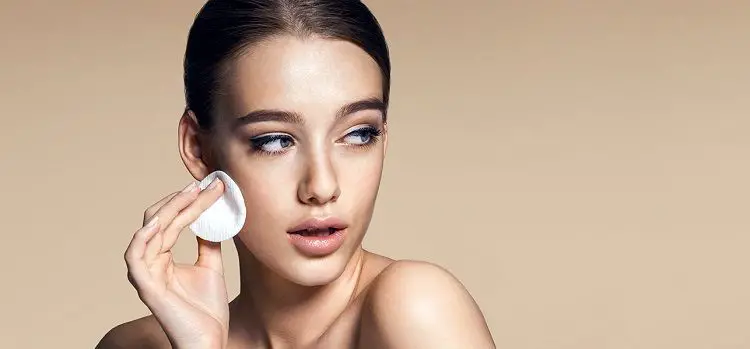Microdermabrasion, or as some refer to it as “lunch-time facial”, is one of the most popular cosmetic procedures in the US. What it does is it peels off a layer of dead skin. However, do not fret, it is completely painless. Not only that microdermabrasion can improve your skin color and texture, but it can also stimulate collagen production reducing the signs of aging.
Sometimes drinking a lot of water, healthy diet, and moisturizing simply doesn’t do the trick. Our skin needs more, especially if it shows signs of aging such as wrinkles, freckles, or discoloration and here comes microdermabrasion.
To understand how microdermabrasion works, here is a quick guide through skin anatomy.

Our skin consists of three layers
- Epidermis—is the top layer of skin; this is what we see. The top layer of the epidermis is called stratum corneum, and it is this layer that contains dead skin. This is exactly where microdermabrasion acts – it actually peels off stratum corneum.
- Dermis—this is where sweat glands and hair follicles are located,
- Hypodermis—the inner layer that contains fat and connective tissue
It is usually performed by a dermatologist or an aesthetician; although it can also be done at home with special equipment.
How is Microdermabrasion Performed?
Microdermabrasion has three variations:
- Crystal
- Diamond
- At home
Depending on type of treatment, the procedures can vary.
Crystal microdermabrasion is performed with microcrystals of aluminum oxide. It basically exfoliates the top layer of skin. As such, there’s a good possibility that it can irritate sensitive areas, and therefore it needs to be carefully removed after the treatment.
Diamond microdermabrasion uses the high-tech diamond brush that gently exfoliates the skin while at the same time it sucks in dead skin cells.
During both procedures, the surface layer of skin is being exfoliated with a machine. The device has two functions—deep exfoliation and suction or vacuuming.
At home microdermabrasion kits are similar to regular facial scrubs, but with one significant difference—they contain the same aluminum dioxide micro-crystals used in crystal microdermabrasion. At-home procedure is also cheaper than the one performed at spa or at dermatology office.
For this purpose, we use a small machine designed primarily for home use.
What are the Benefits of Microdermabrasion at Home?

Microdermabrasion at home has many benefits, but it is not as powerful as the one performed by an aesthetician or a dermatologist. What you can expect from microdermabrasion at home is more youthful and smoother look and feel of the skin. And, if you have sun freckles, enlarged pores, or acne scarring, you will notice some improvement in this area as well.
Specialists at SkinPractice suggest that many users, who experienced professionally performed microdermabrasion, noticed some improvements after only one treatment. With microdermabrasion home kit you will have to perform several treatments to see some results.
However, make sure to follow all the instructions because improper use can cause skin irritation and infection. Also, keep in mind that skin needs some time to heal between treatments.
Before trying microdermabrasion at home, consult your doctor. For people who suffer from psoriasis, eczema, lupus, dermatitis, open sores, or herpes, microdermabrasion is not recommended.
The Verdict
Microdermabrasion at home is a relatively good alternative to professional procedures. It will exfoliate the top layer of your skin; reduce freckles, enlarged pores, and fine wrinkles. On the other hand, at-home version is not as efficient as the one performed by professionals.
The bottom line is, if you want to rejuvenate your skin at an affordable price, microdermabrasion at home will do the trick as long as your expectations are not too high.









































